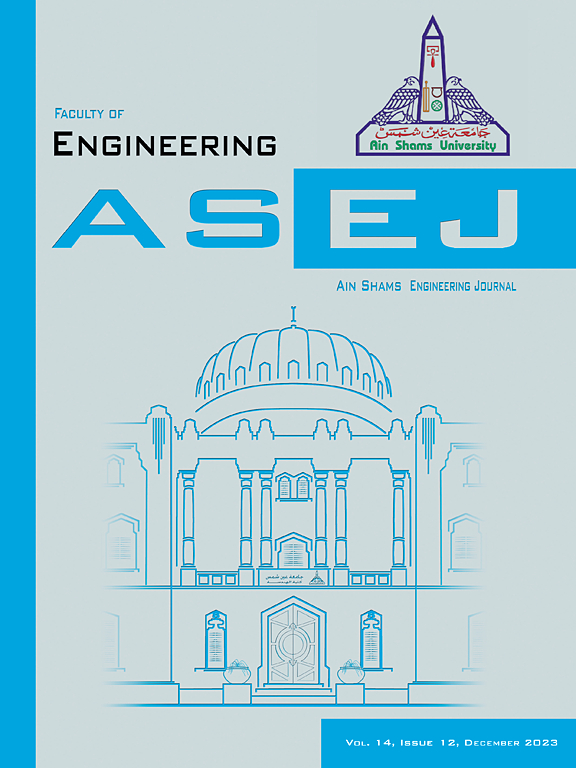Adaptive, consensus-based control strategies for managing meta-populations of pests
IF 6
2区 工程技术
Q1 ENGINEERING, MULTIDISCIPLINARY
引用次数: 0
Abstract
We consider management strategies for natural populations, spatially distributed in patchy landscapes. Such patchy landscapes arise naturally, due to habitat fragmentation, or by design, such as in rural farmlands. Populations disperse within these patchy landscapes resulting in meta-populations. Management of such meta-populations then involves two modes of control action – action local to each patch and coordinated control of action between patches. The challenge is two-fold: To account for uncertainty in the localised population dynamics on patches we use adaptive control approaches; To counter the effects of dispersal, we combine the localised adaptive control actions with sharing of information and actions between patches. Population dynamics on each patch are described by population projection matrices. Dispersal of populations between patches and information sharing between control actions on patches are modelled using directed graphs on the set of patches. The novelty lies in combining information sharing with output driven adaptive control. Information sharing acts to anticipate potential outbreaks and to coordinate this with the adaptive control localised to patches. We explore situations when information sharing is and is not matched with dispersal. Information sharing improves the outcomes in that the size and extent of a pest outbreak and the amount of pesticide sprayed is reduced. The results are shown to be robust to uncertainties in the demography of pests.
求助全文
约1分钟内获得全文
求助全文
来源期刊

Ain Shams Engineering Journal
Engineering-General Engineering
CiteScore
10.80
自引率
13.30%
发文量
441
审稿时长
49 weeks
期刊介绍:
in Shams Engineering Journal is an international journal devoted to publication of peer reviewed original high-quality research papers and review papers in both traditional topics and those of emerging science and technology. Areas of both theoretical and fundamental interest as well as those concerning industrial applications, emerging instrumental techniques and those which have some practical application to an aspect of human endeavor, such as the preservation of the environment, health, waste disposal are welcome. The overall focus is on original and rigorous scientific research results which have generic significance.
Ain Shams Engineering Journal focuses upon aspects of mechanical engineering, electrical engineering, civil engineering, chemical engineering, petroleum engineering, environmental engineering, architectural and urban planning engineering. Papers in which knowledge from other disciplines is integrated with engineering are especially welcome like nanotechnology, material sciences, and computational methods as well as applied basic sciences: engineering mathematics, physics and chemistry.
 求助内容:
求助内容: 应助结果提醒方式:
应助结果提醒方式:


